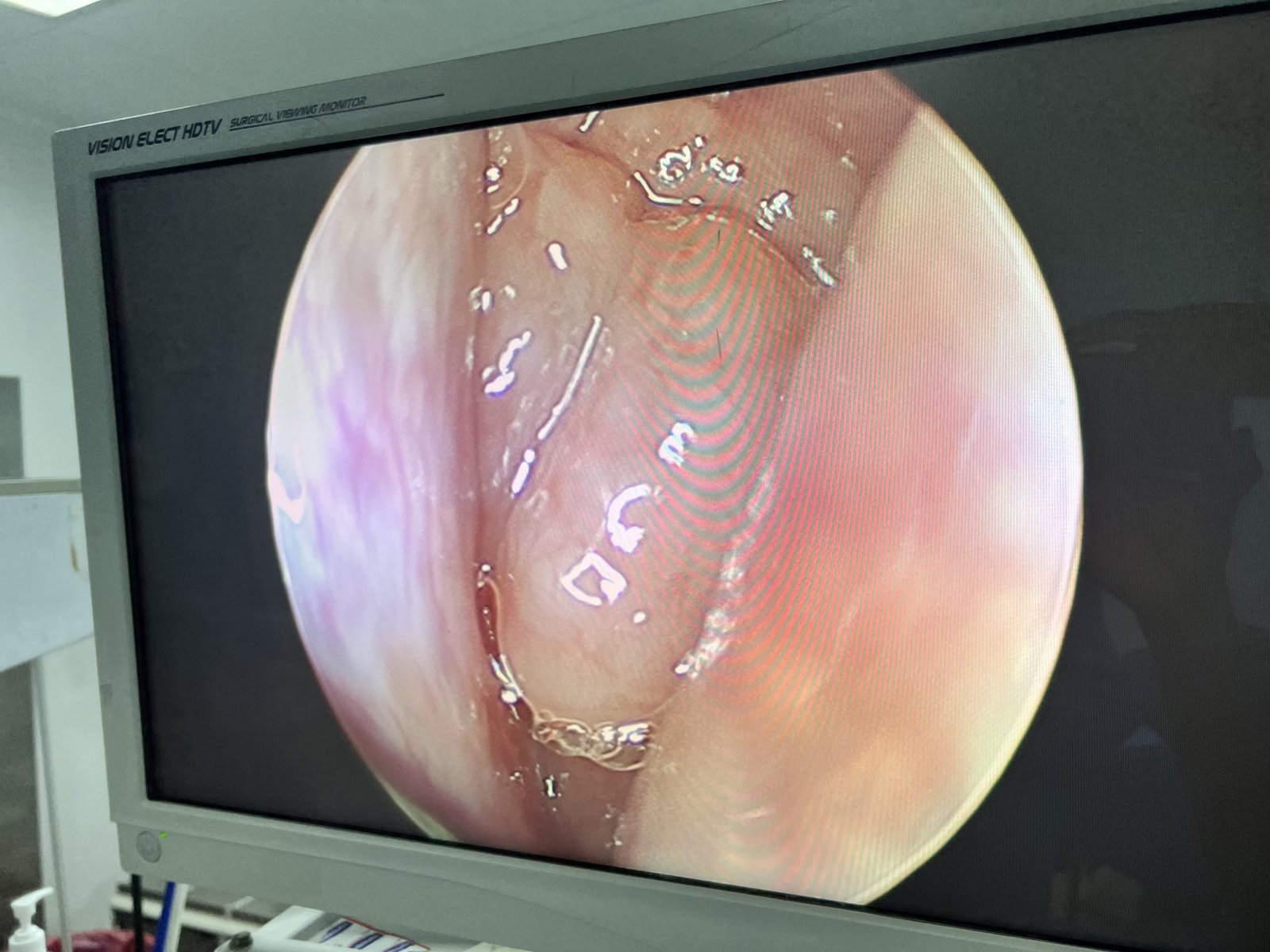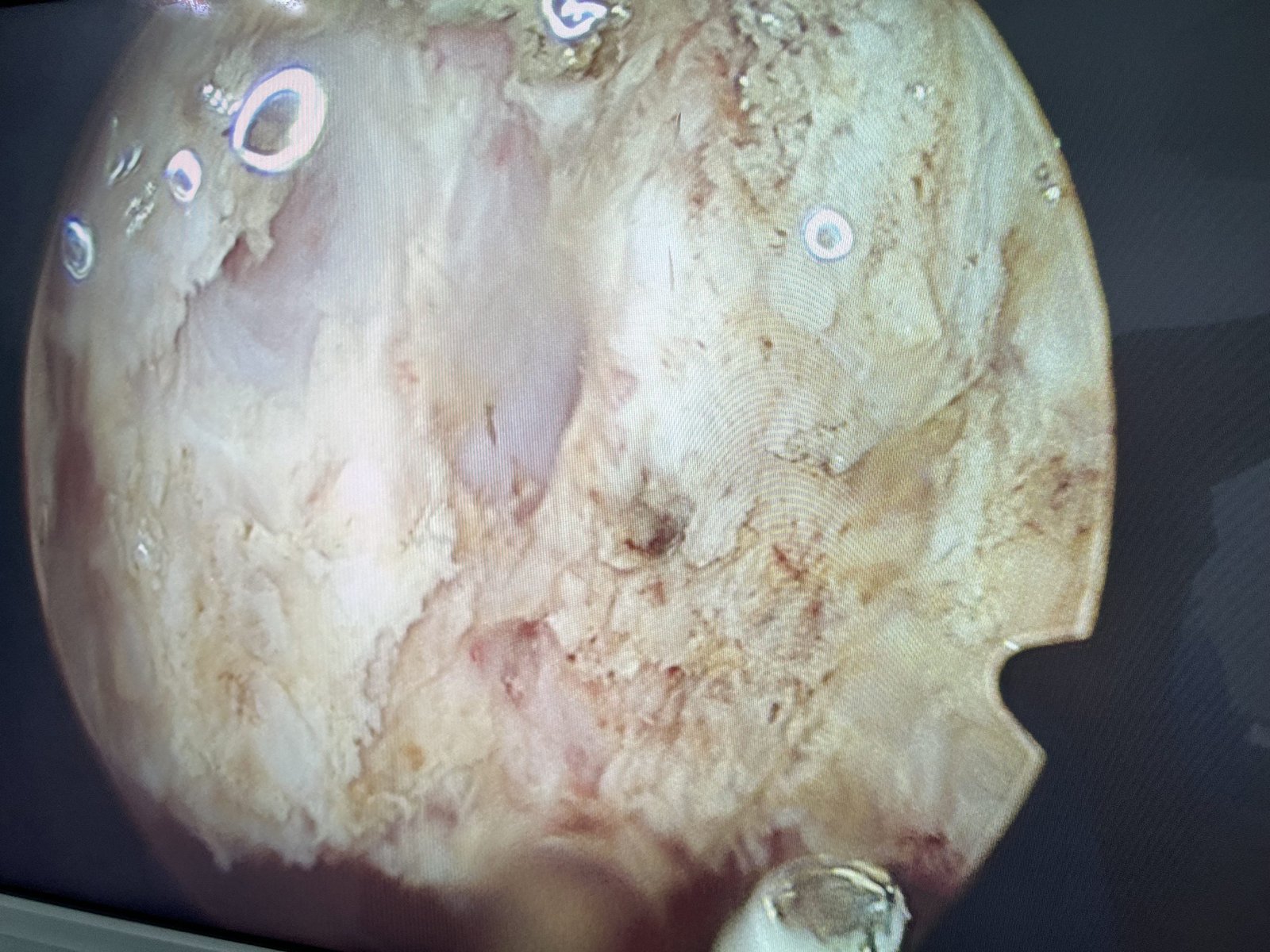How to manage Obstructive Sleep Apnea in Children
Tonsils and adenoids are a part of the immune system and help to fight off infections, especially in children. However, in some cases, they may become enlarged and cause problems, such as difficulty breathing or swallowing. This can lead to sleep apnea, which can have serious health consequences with adverse effects on growth and development including:
- Daytime hyperactivity.
- Cognitive deficits.
- Cardiovascular problems – eg, hypertension, raised pulmonary artery pressure.
- Failure to thrive.
- Association with insulin resistance.
- Some studies have shown that children with OSA have greater impulsivity when crossing streets
- School-aged children are at risk of developing future obesity.
- Majority also have symptoms of ADHD and is often misdiagnosed as the same.
What is the Treatment:
When the child does not respond to medications like Intranal Steroid or has some or all of the above symptoms or has frequent throat infection, doctors may recommend a tonsillectomy and/or adenoidectomy, which involves surgical removal of these structures.
How is the surgery performed? Tonsillectomy and adenoidectomy are typically performed under general anaesthesia. The procedure usually takes about an hour, and most children are able to go home the same day.
What are the risks? As with any surgery, there are risks associated with tonsillectomy and adenoidectomy. These include:
- Bleeding: Bleeding can occur during or after the surgery, and may require additional treatment or surgery.
- Infection: Infection can occur at the site of the surgery or in other parts of the body.
- Damage to surrounding structures: There is a small risk of damage to nearby structures, such as the teeth.
What is the recovery process?
After the surgery, your child may experience some pain and discomfort, and may need to take pain medication. Your child may also need to avoid certain foods and activities for a period. It’s important to follow your doctor’s instructions carefully to ensure a smooth recovery.



Recent Comments